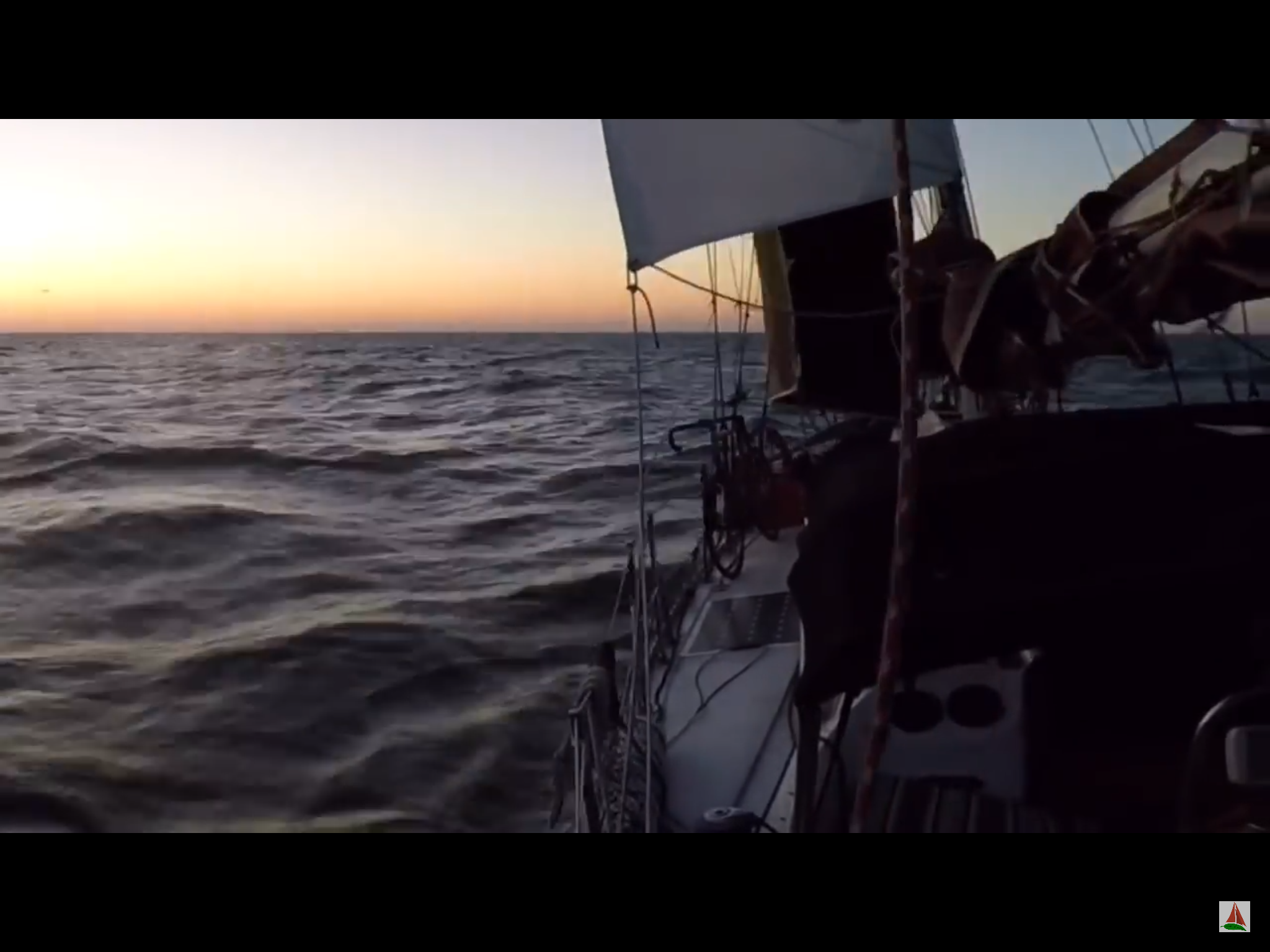Our self steering system was designed and built by Scanmar. We have their Monitor Windvane mounted on our stern. The unit is known as a Servo-Pendelum system, where the wind information from the windvane is fed down to the servo-pendulum (rudder paddle in the water) to then use the force of the water passing by to power the wheel and control the boats rudder.
The system works very well and is powerful enough to steer us straight on a course in the worst of weather. The harder it blows, the faster you will go. The faster you move through the water, the more force the paddle has to pull on the control lines of the wheel and turn the rudder.
While sailing in heavy weather where you are surfing down waves in excess of 8 knots may seem fun, it is in light weather that the unit really proves itself!
We have found that it works well when we are sailing along at around 4 knots, and well enough to keep us on course all the way down to 2 knots. When we are sailing slowly, there is less wind and we don't move very fast; meaning that the paddle has less umpf to pull on the wheel, but at the same time, a well balanced boat will sail straight in these conditions regardless.
We absolutely love our Monitor Windvane, and greatly enjoy watching the paddle snake its way through the water behind us as we manage to sail straight on our course!






